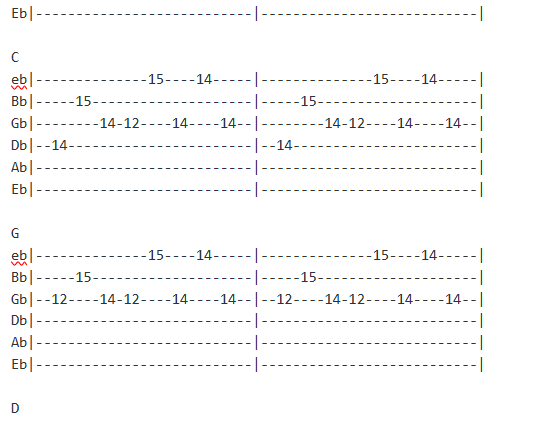Unlocking the Fretboard: A Beginner’s Guide to Guitar Tabs
For aspiring guitarists, learning to read sheet music can sometimes feel like deciphering a complex code. But fear not, there’s a simpler way to learn your favorite songs – guitar tablature, commonly known as “tabs.” In this beginner’s guide, we’ll walk you through the world of guitar tabs, explaining what they are and providing you with the tools you need to read and play tabs effectively. Get ready to unlock the fretboard and start playing your favorite tunes in no time!
Understanding Guitar Tablature
Guitar tabs are a graphical representation of the guitar’s fretboard. They provide a visual guide to where your fingers should be placed on the strings, indicating which frets to press and when to pluck the strings. Tabs consist of six lines representing the strings and numbers that indicate which fret to play on each string.
Reading Tabs: The Basics
Strings
The six horizontal lines represent the guitar strings. The bottom line corresponds to the low E string, and the top line corresponds to the high E string. The lines from bottom to top represent the strings from the thickest (low E) to the thinnest (high E).
Numbers
The numbers on the lines indicate which fret to press. For instance, a “3” on the low E string means you should press down on the third fret of that string. If there are no numbers on a line, it means that string is not played.
Chords
Tabs can also indicate chord shapes. Instead of single numbers, you might see multiple numbers stacked vertically, representing which frets to press on different strings simultaneously. For example, a basic G chord might be represented as:
lua
e|---3---
B|---0---
G|---0---
D|---0---
A|---2---
E|---3---
Rhythmic Notation
Some tabs include symbols or notations to indicate the rhythm. You might see “h” for a hammer-on, “p” for a pull-off, or “/” for a slide, among others. These notations help you understand how to play the notes dynamically.
Playing Tabs: Step-by-Step Guide
Get Comfortable
Start by looking at the tab and identifying the strings and frets you need to play. Familiarize yourself with the layout and symbols used in the tab.
Finger Placement
Place your fingers on the frets indicated by the numbers in the tab. Ensure each finger is pressing down firmly on the string to produce a clear note.
Strumming or Picking
Depending on the tab, you might strum or pick the strings indicated. For chords, strum all the strings together. For single notes, pick the indicated string.
Practice Slowly
Take it slow initially to ensure accuracy and proper finger placement. As you get comfortable, gradually increase your speed.
Listening
If you’re familiar with the song, listen to the original recording as you play the tab. This can help you match the timing and phrasing.
Common Symbols in Guitar Tabs
/or\: Indicates a slide up or down between two frets.h: Represents a hammer-on, where you pick a note and then “hammer” on to the next note without picking again.p: Represents a pull-off, where you pick a note and then “pull off” to a lower note on the same string without picking again.b: Indicates a bend, where you bend the string to reach a higher pitch.r: Represents a release, where you release a bend and return to the original pitch.
Practical Tips for Using Tabs
Start Simple
Begin with simple songs that have easy tab structures. As you gain confidence, you can progress to more complex pieces.
Use Reputable Sources
There are many online resources where you can find accurate guitar tabs. Websites like Ultimate Guitar and Songsterr offer a vast library of tabs for all skill levels.
Combine Tabs with Sheet Music
If you’re also learning to read sheet music, try to find tabs that include both notation and tab. This dual approach can enhance your overall musical understanding.
Join a Community
Joining a guitar community or taking lessons can provide valuable feedback and support. Communities often share tabs and tips that can help you progress.
Practice Regularly
Consistent practice is key to mastering the guitar. Set aside time each day to work on new tabs and refine your technique.
Conclusion
Guitar tabs are a fantastic tool for beginners to start playing songs quickly and easily. They provide a user-friendly way to navigate the fretboard and recreate melodies you love. By understanding the basics of guitar tablature, practicing with patience and precision, and learning to recognize common symbols, you’ll be well on your way to playing your favorite tunes and building a strong foundation for your guitar journey. So grab your guitar, a tab of your favorite song, and let the music begin!
—
If you want to set up a free trial lesson either in person or online, simply fill out this form and we’ll get back to you within 24 hours. You’ve got nothing to lose and an amazing musical world to gain. 🙂

